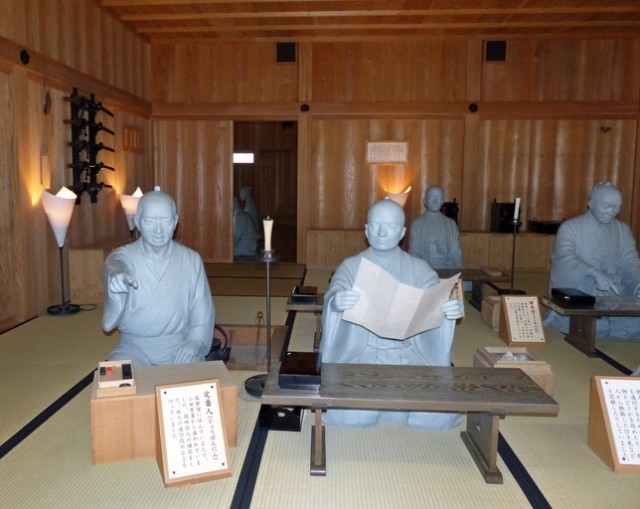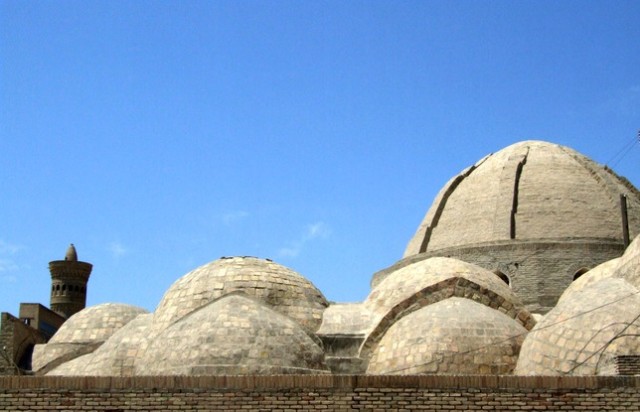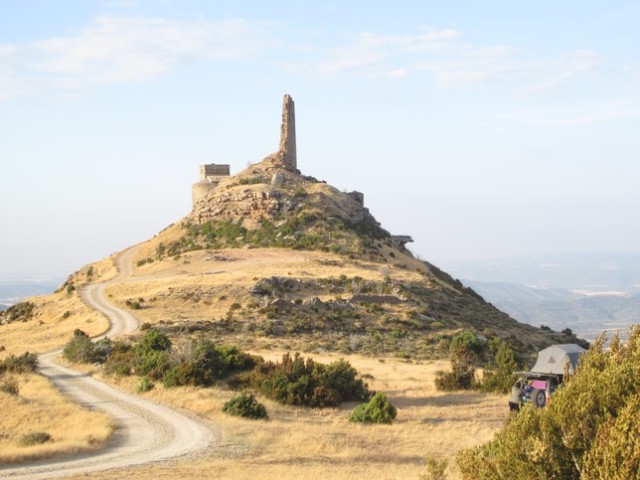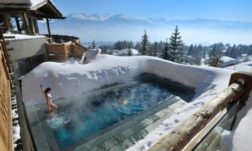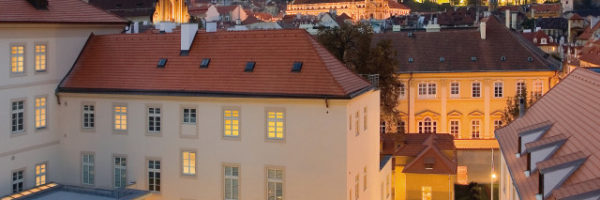Historic Highway 49, California’s “Gold Rush”
Ask Americans about the best road trip and you will more likely than not hear “Route 66.” But VirtualTourist members say California’s “Highway 49” should be on your list, too. It takes you through central areas of Gold Rush country, through several well preserved mining towns and past the Gold Discovery Site. Each town, no matter how small it might be, carries an important heritage of California’s past. Additionally, the road passes by beautiful nature with numerous points to stop a gaze at amazing views. Columbia State Historic Park is recognized as the state’s best-preserved Gold Rush town. (Tip by VirtualTourist member odinnthor, photo courtesy of Flickr).
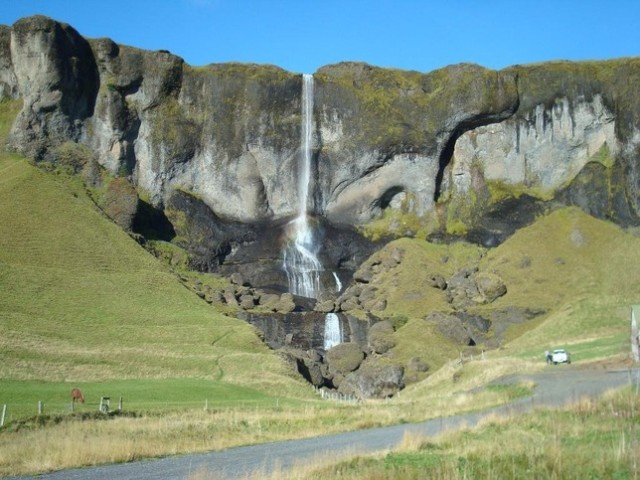
Ring Road, Iceland
Iceland’s Highway 1, commonly known as Ring Road, is the only route that circles the island. When driving on the 830 mile road, you can expect to find a beautiful coast, barren deserts, mud pools, waterfalls and more. VT members say you will want to allow for a road trip of at least seven days and you’ll experience a drastically different landscape each day. While the road is mostly a sealed road and in good condition, do be prepared for long stretches of gravel and roadwork. (Foss á Síðu is one of the many beautiful sites along Ring Road 1; Tip and photo by Regina1965).

Tokaido Road, Japan
The Tōkaidō was the most important of the five routes during the Edo period, and connected Edo (modern-day Tokyo) to Kyoto. It was the main route for people to carry out business and trade. The road contained 53 stations or rest areas where lodging, food and entertainment were available. Here, travelers had to show the permits in order to pass. This was to prevent weapons from being brought into Edo and to prevent the wives and children of feudal lords from fleeing from Edo. The name lives on today in the Shinkansen (bullet train) line linking Tokyo with Kyoto and Osaka, and the highway itself can still be found in a few places.
VirtualTourist members recommend walking stretches of the Tōkaidō and visiting the reconstructed checkpoint station at Hakone to get a real feel for the ancient history of this route. If you have time you can hike the 7 mile (11 metre) stretch which runs from Moto-Hakone to Hakone Yumoto. Members say it’s best to go Moto-Hakone to Hakone Yumoto rather than vice versa as it’s a roughly 2600 feet (800 metre) difference and uphill most of the way if you choose the latter! (Recreation of a scene at the Hakone Checkpoint on the Tokaido Way in Japan; Tip and photo by toonsarah)
Silk Road, regions of Europe and Asia
Discover the ancient past as you travel along the Silk Road, the greatest and oldest of all trade routes. For hundreds of years traders faced the dangers of mountains, deserts, hostile climates and even more hostile bandits in their efforts to bring the riches of the east to an eager west – not just silk but spices, paper, even gunpowder. And in the opposite direction went the exotic fruits of central Asia, peaches and pomegranates, wonderfully worked textiles, saffron and even ostriches. In fact though, this was not one road but several.
A network of different routes eventually crossed the continents, but the main ones converged in certain places where trade was best developed or the physical terrain dictated it. And it was not just goods that were traded, but the perhaps even more valuable commodities of information and knowledge. The Silk Road enabled an unprecedented exchange of cultures and ideas, philosophies and religious beliefs, artistic styles and inventions. VirtualTourist members recommend traveling the route between Uzbekistan through Uzbekistan, taking in Khiva, Bukhara and Samarkand. If you have more time you can travel a longer stretch, starting or finishing in China. Either way, you will feel as if you are being transported back in time. (Old trading domes in Bukhara, still used as markets today; Tip and photo by VirtualTourist member toonsarah).
Camino de Santiago, Spain
A network of routes, starting from various points in Spain and Portugal, as well as starting points in France, Germany, among others, VirtualTourist members say the Camino de Santiago is Spain’s best kept secret. The most popular pilgrimage is the Camino Frances as depicted in the film “The Way”, however, there are many other Caminos to choose from. It’s a 500 mile (800 km) pilgrimage with the route going from Roncesvalles in the Pyrenees to Santiago de Compostela, the capital of Galicia. In fact, it has become so popular that in 1987 it was declared the first European Cultural Route by the Council of Europe. The route takes anywhere from four to six weeks to walk depending on your ability, but those who have done it say it’s an amazing experience. You will see cathedrals and abbeys as well as other historic sites along your journey. Tip, April to June and September and October are the recommended months due to weather conditions (A walker keeps on the straight and narrow;: Tip and photo by VirtualTourist member into-thin-air)


